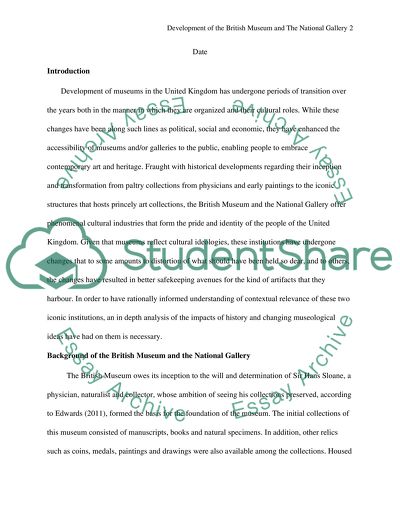Cite this document
(“In what ways does an understanding of history and changing Essay”, n.d.)
In what ways does an understanding of history and changing Essay. Retrieved from https://studentshare.org/history/1696283-in-what-ways-does-an-understanding-of-history-and-changing-museological-ideas-help-to-explain-the-foundation-and-early-development-the-british-museum-and-the-national-gallery
In what ways does an understanding of history and changing Essay. Retrieved from https://studentshare.org/history/1696283-in-what-ways-does-an-understanding-of-history-and-changing-museological-ideas-help-to-explain-the-foundation-and-early-development-the-british-museum-and-the-national-gallery
(In What Ways Does an Understanding of History and Changing Essay)
In What Ways Does an Understanding of History and Changing Essay. https://studentshare.org/history/1696283-in-what-ways-does-an-understanding-of-history-and-changing-museological-ideas-help-to-explain-the-foundation-and-early-development-the-british-museum-and-the-national-gallery.
In What Ways Does an Understanding of History and Changing Essay. https://studentshare.org/history/1696283-in-what-ways-does-an-understanding-of-history-and-changing-museological-ideas-help-to-explain-the-foundation-and-early-development-the-british-museum-and-the-national-gallery.
“In What Ways Does an Understanding of History and Changing Essay”, n.d. https://studentshare.org/history/1696283-in-what-ways-does-an-understanding-of-history-and-changing-museological-ideas-help-to-explain-the-foundation-and-early-development-the-british-museum-and-the-national-gallery.


